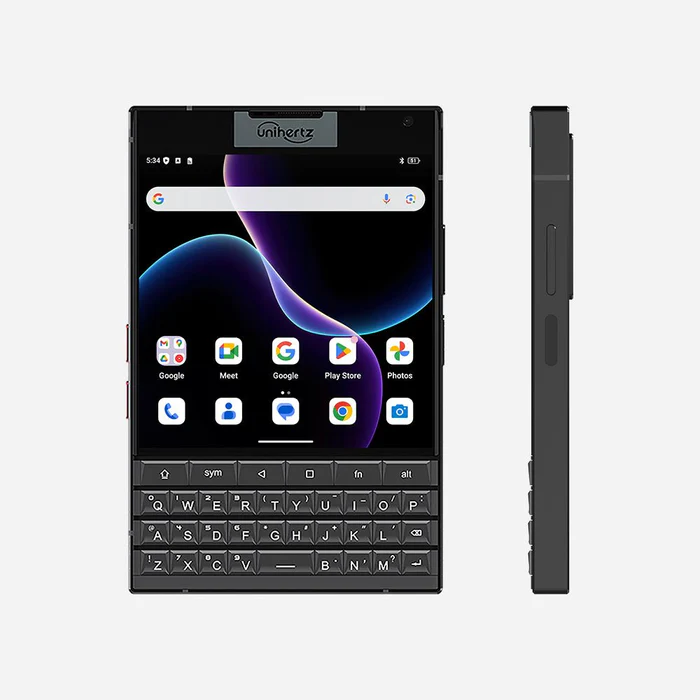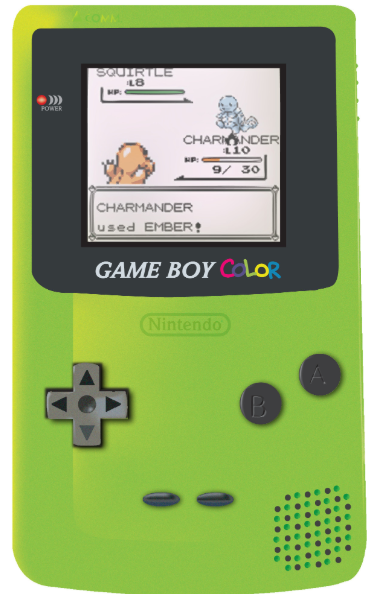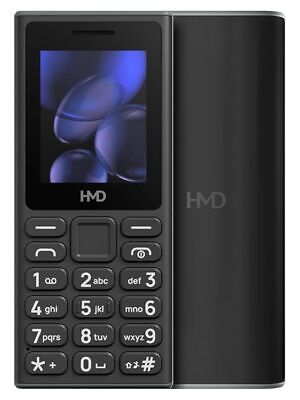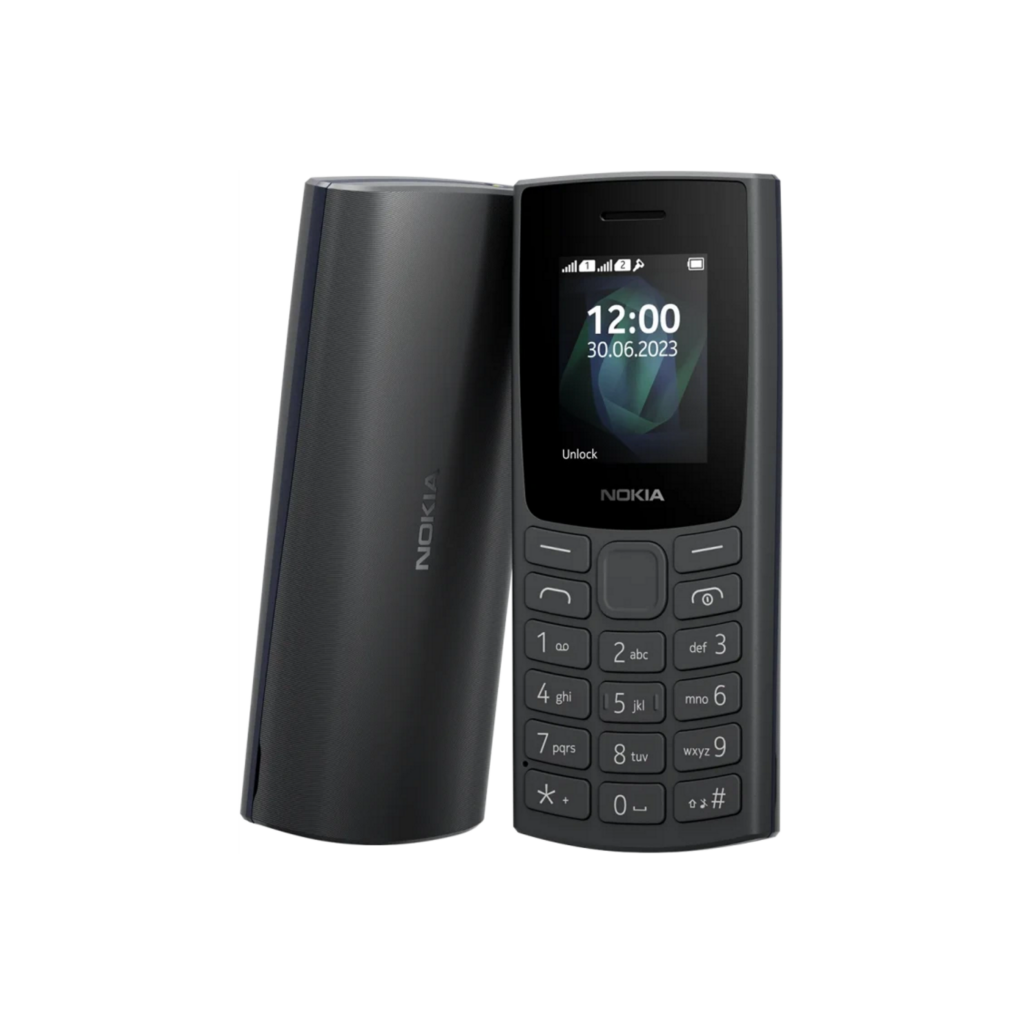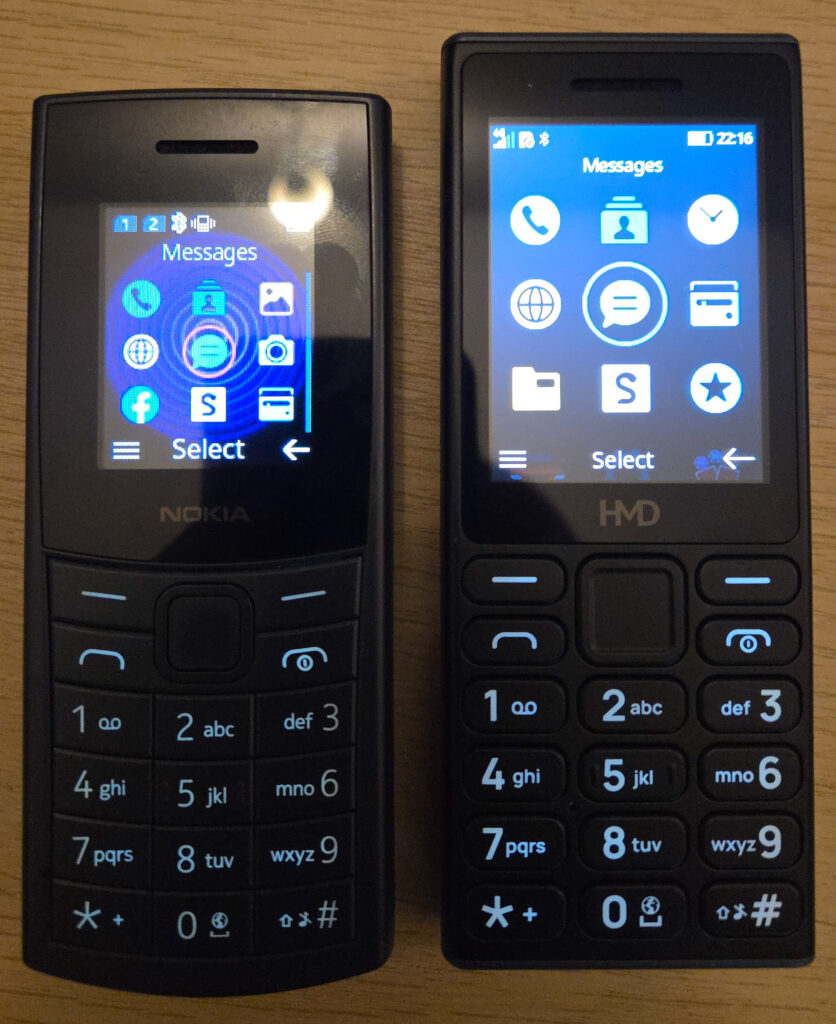I recently wrote about how I’d purchased a used Samsung Note 9, mainly for nostalgic reasons as I’d held the device very fondly in memory ever since owning it. Also that the device had been mis-sold to me as a “SM-N960F” when it was actually a “SM-N960N” (South Korean version).
Initially I didn’t think this was going to be too much of an issue to me, because all the custom ROM’s I’d seen supported both the F and the N variant, I assumed them to be the same with only software differences. It turns out I was wrong.
While I was able to get custom ROM’s installed on the phone, I never had good signal. One bar in my home for example, and yet the same SIM in a Pixel 6 in the exact same location would show full signal. Nothing would load over mobile data, if I didn’t have WiFi I couldn’t make calls. Some of the ROM’s I tried to were unable to make calls or send SMS messages at all.
I then tried the Korean official firmware. This could make calls and texts, but had bizarre restrictions imposed on it, and still had the same signal issue I was having with the custom ROM’s. I had all but given up on the device, and installed a tweaked standard ROM that allowed the selection of any CSC in its setup process, and resigned to using it on Wi-Fi only just to play around with.
Persistence is an annoying quality of mine, sometimes a blessing, sometimes a curse and this time I wasn’t willing to give up. I had a Note 9 in beautiful condition with a fresh battery, no screen burn, freshly outfitted with an old stock official Samsung case and a perfectly applied UV screen protector. I wanted to use it! So off to eBay I went. This time I was searching for “spares or repairs” devices, but specifically the F version of the phone.
Eventually I found one for a price I was willing to pay. It was sold as heavily used with a screen fault, but I’d confirmed with the seller that it could power on, and had been factory reset with the Google account removed. The seller was only about 10 miles away but I opted for shipping out of convenience. It somehow took over a week to arrive!
When it did arrive I was amazed at just how much this device had been used. It must’ve been in daily use since release. The colour of the fingerprint scanner had worn off, the aluminium frame had worn down with deep pitting. The back glass was shattered and there were some cracks on the screen. Importantly though, it worked and it was a UK model! On disassembly I did notice a small amount of water damage corrosion on the pogo pins, perhaps this was what caused the screen to go off. Thankfully this hadn’t progressed too much and was cleaned off with some alcohol and a cotton bud. Out with the motherboard! By this point I’ve been in and out of these devices so much that it took me about 10 minutes from receiving the phone to having the board out.
On disassembly of my recipient phone I broke the back glass (again!), so ordered a genuine used part that just needed the camera glass replacing for a couple of pounds. If I ever have to open this phone up again I’ll probably just order back glass pre-emptively. Out with the Korean motherboard and in with the UK one! At this point I was uncertain whether this conversion would work. I could find nothing about this online, but after seeing the 2 motherboards side by side I was fairly confident. All the connectors are identical, and there were only a couple of differences from what I could see on the boards. Thankfully I was correct and the phone booted up.
Thankfully because Samsung aren’t Apple (yet!) parts aren’t serialized, so I had no problems using all the other components including the Iris scanner and fingerprint scanner from the Korean phone, as they were in much nicer condition than the UK donor. After patiently waiting for the back glass adhesive to dry I now have a near mint condition Samsung Note 9, with proper signal and that runs on official UK BTU firmware!
I feel like this is where I went wrong with my initial revisit. I was using custom ROM’s. Part of my good memories about this phone weren’t from just the hardware but the software. It is ram packed with functionality. From the air features of the S-Pen, to the iris scanner and the blood oxygen sensor this phone is just excessive, in a good way. When you use a custom ROM with this device you lose all that, generally they’re ports from other devices so you just get standard functionality. This phone even has an adjustable aperture main camera, that I haven’t seen function on anything other than the official camera app.
Now obviously this is less than ideal, because the last update this phone received was on Android 10 and has a security patch date of some point in 2022. To mitigate this I’ve rooted the device, removed a lot of the bloatware and all of the Google services, I’ve also got a root firewall running to control what data comes into and leaves the phone. If I were using mobile banking on this device or holding sensitive data I’d probably think twice about having my SIM in a Android 10 device, but I’m not! Thankfully all my required apps are still supported and with 6GB RAM this device breezes through everything I throw at it.
This device; now my daily driver is an ode to Android longevity, even in lieu of updates. The iPhone X and 8 that this device competed with, whilst receiving many more years of updates are now mostly obsolete because Apple have much stricter controls over what versions of iOS developers can publish apps for. Once updates for an iPhone stop app, compatibility falls off a cliff fast. Most Android apps on the other hand (for now at least) seem to have fairly lax requirements. Android 7 or 8 seems to be the common requirement, so if this moves up 1 version per year the Note 9 could still function for another couple of years without too much difficulty, taking it to nearly a decade old!
